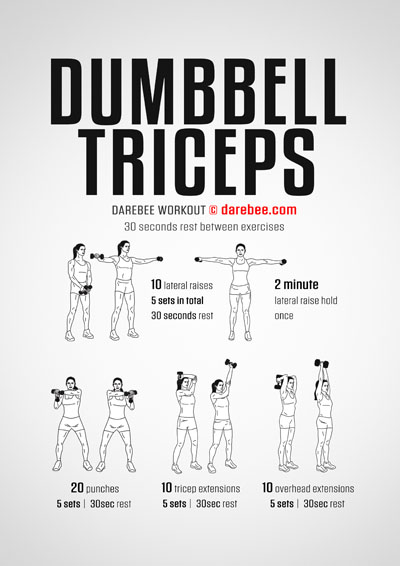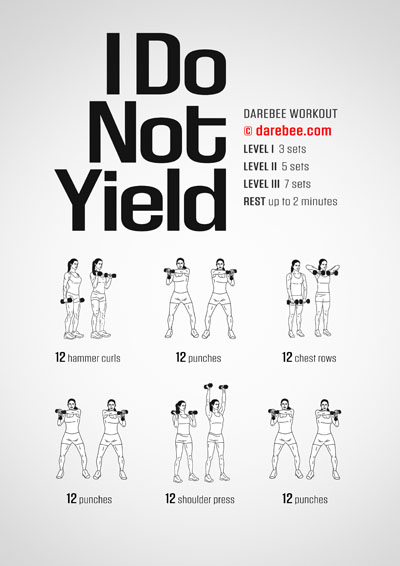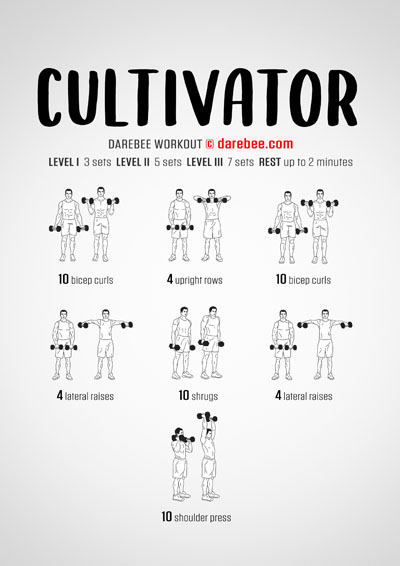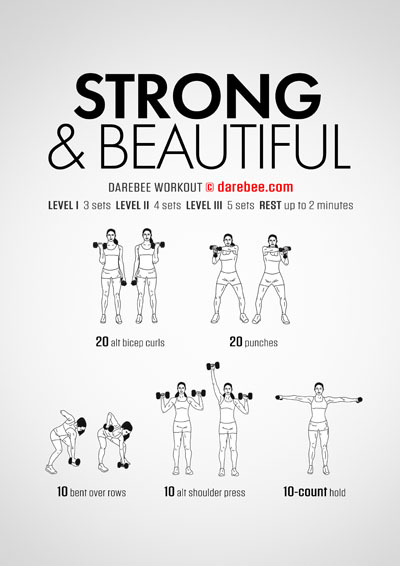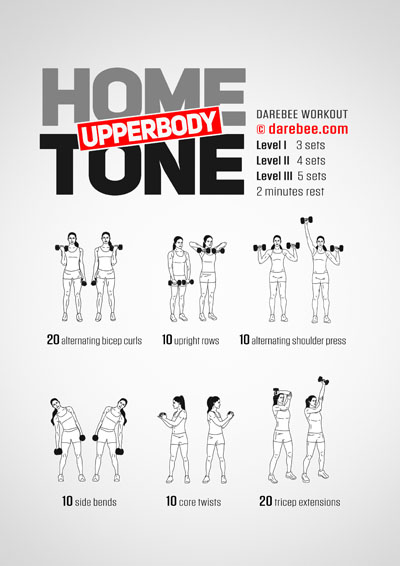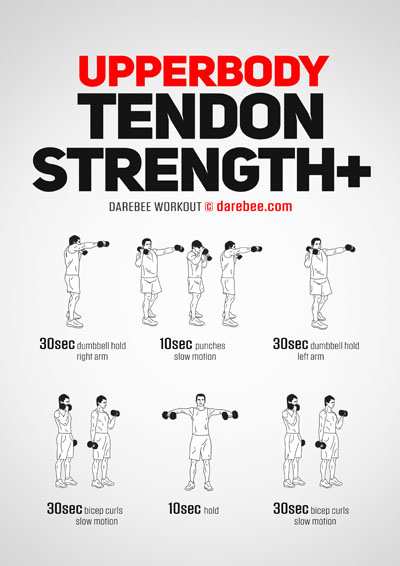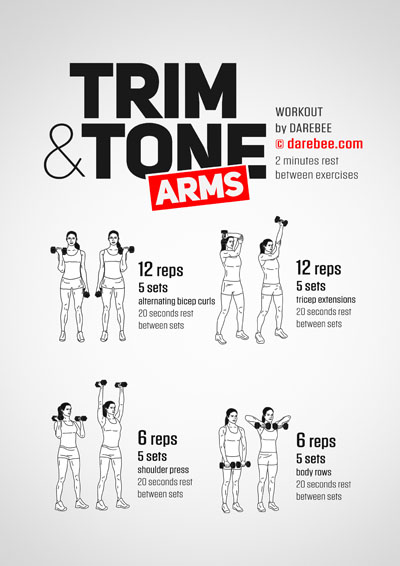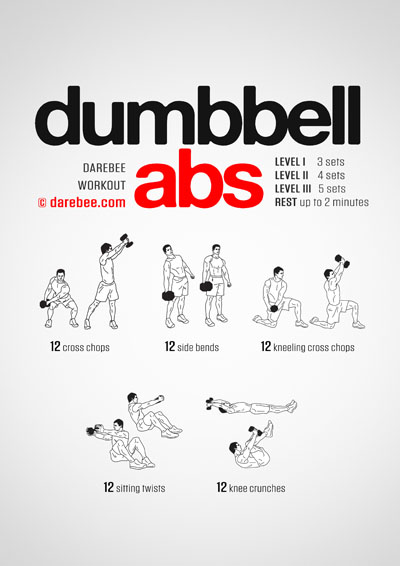Skin is the body’s largest organ by volume.[1] As adults we carry, on average, 8 pounds (3.6 kilograms) and 22 square feet (2 square meters) of it. It has the capacity to stretch and grow as we do and it keeps our other organs safe from potential threats from the external world. It is, at the same time, one of the biggest concerns when we lose weight quickly and it ends up hanging there.
To better understand what we can do to avoid this we need to first, better understand what makes skin elastic. Skin is made up of collagen fibers which constitute between seventy or eighty per cent of its volume[2] and elastin, a protein that gives the dermis, the connective tissue layer sandwiched between the outer layer of the skin and subcutaneous tissue, its elasticity.[3]
When skin is stretched the collagen fibers make sure that it maintains its structure, function and integrity but it is the elastic that allows it to bounce back to its original shape. Beyond the skin elastin is also found in organs of the body that require to have some kind of elasticity and resilience to changing shape. Some examples are the lungs, bladder, major arteries and some ligaments. It is in the skin however that we most clearly witness its function and pregnancy is the perfect example.
During the months of pregnancy a mother’s belly will distend and the skin will have to stretch to accommodate the changed shape that is the result of a foetus growing inside her and, after birth, it will have to snap back into place. The quality and quantity of collagen fibers and elastin are all key to achieving a return to a pre-pregnancy shape, at least as far as belly skin is concerned.
So it stands to reason that when our skin doesn’t behave quite as expected and it creates stretch marks or fails to ‘snap’ back after being stretched the culprit is found in the two types of protein fibers that it is made of. Sure enough dermatologists[4] believe that when skin stretches quickly its collagen fibers and the elastin become damaged by the speed of expansion and then become unable to heal back properly resulting in the striations of the skin around the hips and the belly area, a lot of women become familiar with after pregnancy.
Everyone’s Skin Is A Little Different
Everyone has different genetics which, when combined, with lifestyle and personal circumstances make for a unique situation when it comes to how skin responds to being stretched and then how it bounces back.
Having said that there is still a science-backed strategy you can apply that will help you mitigate some of the potential damage and reduce the aesthetic discomfort that comes from having excess folds of skin around your body.
Here’s what you need to know:
- Plan your weight loss. Once we’ve committed to losing weight it’s only natural to want it to happen as soon as possible. However, a planned, slow but steady reduction in weight gives your body the best chance possible to adapt to the change. Think that as you lose weight and feel healthier and look fitter you only want to accelerate the process. That means that you usually increase your physical activity and place your body under physical stress which triggers the adaptations that make you look stronger and trimmer. A body under stress is already dealing with a lot of demands on its resources. It is repairing tissue, it is building muscle, it is putting resources into building new networks of blood vessels and capillaries throughout the body and it is building fresh neural connections in the brain. It is easy for it then to put dealing with the skin last. After all there is no immediate sense of damage. A planned weightloss is intended to make all this more manageable by increasing the length of time you intend to lose weight for and giving your skin more time to respond to the changes it is experiencing as a result of the weightloss.
- Keep hydrated. Dietary water (i.e. the intake of water we need on a daily basis) is shown to help maintain both skin elasticity and biomechanics[5] Making sure that we are well hydrated, even when we are physically active and losing weight requires careful monitoring of our water intake. Within the DAREBEE guides there is one to staying hydrated when we exercise. and also one on how to make sure we drink enough water which is, apparently, a challenge. Studies on just how much water we need per person, for different ages, have only managed to show that really, we don’t know.[6] So here, you will need to do the adult thing and take charge of your own hydration so you stay well within the range required in order to give your skin the best chance possible to retain and regain its elasticity.
- Adjust your diet. Foods that are rich in minerals such as zinc, copper, iron and selenium help the skin maintain its functions and reduce the amount of damage it suffers. Good quality olive oil and foods rich in omega-3 oils as well as drinks such as green tea[7] contain nutrients that help the skin retain its youthful elasticity and repair itself more efficiently. Plant-based foods, such as vegetables, fruits, nuts, seeds, and beans are especially rich in skin-supporting nutrients, and studies show that they can actually help improve skin elasticity and hydration.[8] How you combine these is always a case of available resources to you and the availability of some foods in your area. What is important however is to take into account the fact that your diet has a direct effect on the health of your skin and adjust it accordingly. Finally, cutting back or eliminating completely harmful lifestyle choices such as smoking and drinking alcohol also helps the skin to better repair itself and maintain its youthful look and function.
- Add supplementation. Collagen taken orally is one of the most common supplementations used to improve the quality of our skin. There are some studies that do show that this helps a little.[9] Additional studies have shown that the benefits of taking collagen as an oral supplement are best achieved when it is in combination with other practises such as good hydration[10] and resistance training[11]. A recent review[12] of several scientific studies concluded that generally collagen supplementation taken orally helps promote better skin health and elasticity.
- Do resistance training. Training with weights, increasing muscle mass and strengthening tendons and ligaments are viable strategies for helping improve the way skin looks after sudden weight loss. The principle behind resistance training as a means to help loose skin was that muscles that get bigger and stronger fill in the space left by sudden fat loss and help the skin look less saggy. A more recent study[13] however has added fresh knowledge on the way weight training helps the skin to maintain its youthful properties, including elasticity. The study showed that the external stressors such as resistance training resulted in decreased local inflammatory markers in the skin (which accelerate skin ageing) and contributed to a thickening of the dermal layer (which gets thinner as we got older). The result was that resistance training produced a regeneration effect on ageing skin and helped accelerate the repair of damaged skin tissue.
Suggestions On Workouts You Can Use
Summary
Slowing down weight loss in order to allow skin to catch up so that it shrinks in tune with the body as you lose weight is an important weight loss strategy that allows us to also enjoy a more aesthetically pleasing look. When this is not possible however, the best chance you can give your skin to recover after sudden weight loss is a combination of good diet, collage supplementation, good hydration and resistance training.
Self-care is not just about how we look but also about how we feel. By applying a combination of interventions we can ensure that our journey to better physical, mental and emotional fitness is a smooth one that takes into account every aspect of who we are and how good we can become.
Research
1.Bai H, Graham C. Introduction: Skin. Yale J Biol Med. 2020 Mar 27;93(1):1–2. PMCID: PMC7087064.
2.Oikarinen A. Aging of the skin connective tissue: how to measure the biochemical and mechanical properties of aging dermis. Photodermatol Photoimmunol Photomed. 1994 Apr;10(2):47-52. PMID: 8043384.
3.Baumann L, Bernstein EF, Weiss AS, Bates D, Humphrey S, Silberberg M, Daniels R. Clinical Relevance of Elastin in the Structure and Function of Skin. Aesthet Surg J Open Forum. 2021 May 14;3(3):ojab019. doi: 10.1093/asjof/ojab019. PMID: 34195612; PMCID: PMC8239663.
4.Wang F, Calderone K, Smith NR, Do TT, Helfrich YR, Johnson TR, Kang S, Voorhees JJ, Fisher GJ. Marked disruption and aberrant regulation of elastic fibres in early striae gravidarum. Br J Dermatol. 2015 Dec;173(6):1420-30. doi: 10.1111/bjd.14027. Epub 2015 Nov 8. PMID: 26179468.
5.Palma L, Marques LT, Bujan J, Rodrigues LM. Dietary water affects human skin hydration and biomechanics. Clin Cosmet Investig Dermatol. 2015 Aug 3;8:413-21. doi: 10.2147/CCID.S86822. PMID: 26345226; PMCID: PMC4529263.
6.Armstrong LE, Johnson EC. Water Intake, Water Balance, and the Elusive Daily Water Requirement. Nutrients. 2018 Dec 5;10(12):1928. doi: 10.3390/nu10121928. PMID: 30563134; PMCID: PMC6315424.
7.Cao C, Xiao Z, Wu Y, Ge C. Diet and Skin Aging-From the Perspective of Food Nutrition. Nutrients. 2020 Mar 24;12(3):870. doi: 10.3390/nu12030870. PMID: 32213934; PMCID: PMC7146365.
8.Vivien W. Fam, Prae Charoenwoodhipong, Raja K. Sivamani, Roberta R. Holt, Carl L. Keen, Robert M. Hackman, Plant-Based Foods for Skin Health: A Narrative Review, Journal of the Academy of Nutrition and Dietetics,Volume 122, Issue 3, 2022, Pages 614-629, ISSN 2212-2672.
9.Vollmer DL, West VA, Lephart ED. Enhancing Skin Health: By Oral Administration of Natural Compounds and Minerals with Implications to the Dermal Microbiome. Int J Mol Sci. 2018 Oct 7;19(10):3059. doi: 10.3390/ijms19103059. PMID: 30301271; PMCID: PMC6213755.
10.Bolke L, Schlippe G, Gerß J, Voss W. A Collagen Supplement Improves Skin Hydration, Elasticity, Roughness, and Density: Results of a Randomized, Placebo-Controlled, Blind Study. Nutrients. 2019 Oct 17;11(10):2494. doi: 10.3390/nu11102494. PMID: 31627309; PMCID: PMC6835901.
11.Oertzen-Hagemann V, Kirmse M, Eggers B, Pfeiffer K, Marcus K, de Marées M, Platen P. Effects of 12 Weeks of Hypertrophy Resistance Exercise Training Combined with Collagen Peptide Supplementation on the Skeletal Muscle Proteome in Recreationally Active Men. Nutrients. 2019 May 14;11(5):1072. doi: 10.3390/nu11051072. PMID: 31091754; PMCID: PMC6566884.
12.Choi FD, Sung CT, Juhasz ML, Mesinkovsk NA. Oral Collagen Supplementation: A Systematic Review of Dermatological Applications. J Drugs Dermatol. 2019 Jan 1;18(1):9-16. PMID: 30681787.
13.Nishikori, S., Yasuda, J., Murata, K. et al. Resistance training rejuvenates aging skin by reducing circulating inflammatory factors and enhancing dermal extracellular matrices. Sci Rep 13, 10214 (2023).



